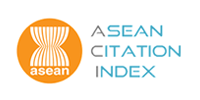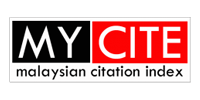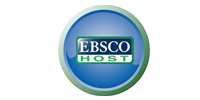Influence of Sodium Chloride on Recycled HDPE in Superhydrophobic Surface Development
DOI:
https://doi.org/10.58915/ijneam.v17iDecember.1635Keywords:
Grinding, Sodium chloride, Recycled-HDPE, Surface modifier, SuperhydrophobicAbstract
Inspired by lotus leaf, superhydrophobic surfaces have emerged rapidly in recent years. It is due to its excellence ability in self-cleaning and corrosion protection, to name a few. In this research, a green superhydrophobic surface was constructed on the surface of recycled High-Density Polyethylene (rHDPE) by utilizing Sodium chloride (NaCl) as a water-soluble surface modifying agent. The treatment process is simple,and cost-efficient as it only used rHDPE and NaCl as the main materials with additional chemicals and at the same time leave no impact on the environment. Variation of NaCl grinding period influenced the value of CA by which 240 minutes grinded NaCl displayed highest CA of 161.4°. This may be attributed by the increase of surface roughness as the grinding time increase. Furthermore, the surface morphology, topography, and self-cleaning ability of superhydrophobic surafce were analyzed to further understand the surface characteristics. The anti-sticking and self-cleaning properties were successfully displayed by the superhydrophobic surface thus, showing its potential as an eco-friendly material.

















